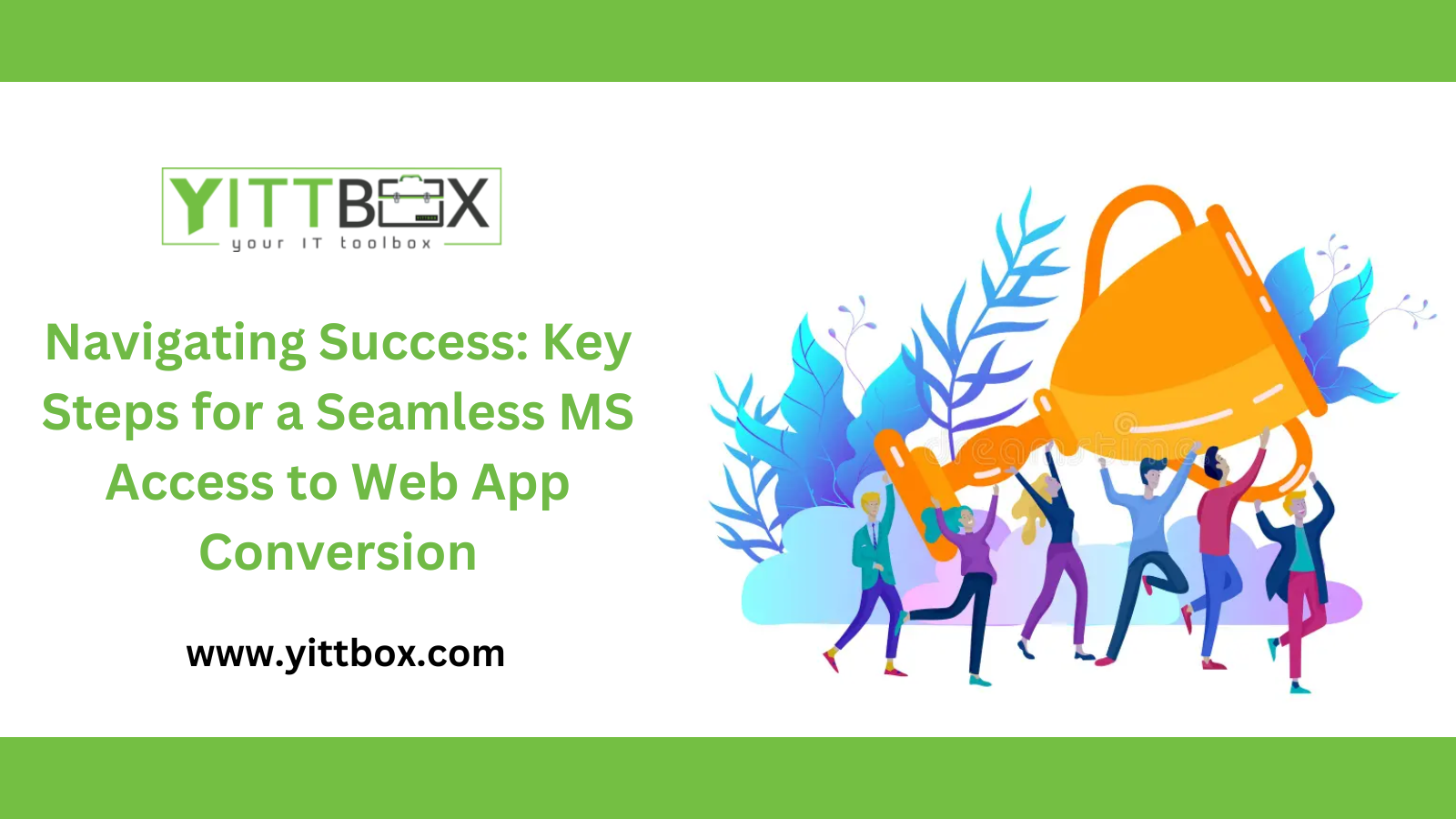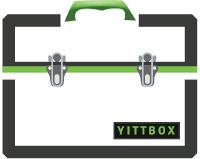Introduction:
In the ever-evolving landscape of business technology, the migration from MS Access databases to web applications has become a strategic move. This comprehensive guide unveils the essential steps for a successful MS Access to web app conversion, ensuring a smooth transition and optimized functionality.
Thorough Assessment of Existing Database:
Begin the conversion journey with a comprehensive evaluation of your existing MS Access database. Identify key functionalities, data structures, and potential areas for improvement.
Data Cleanup and Optimization:
Streamline your data by cleaning up unnecessary information and optimizing data structures. This step is crucial for enhancing performance and ensuring a more efficient web app.
Define Clear Objectives and Requirements:
Clearly outline the objectives and requirements of your web app. Define user roles, features, and specific functionalities that are essential for your business operations.
Choose the Right Web App Platform:
Select a suitable platform for hosting your web app. Consider factors such as scalability, security, and integration capabilities to ensure it aligns with your business needs.
User Interface (UI) and User Experience (UX) Design:
Invest time in designing an intuitive and visually appealing user interface. Prioritize user experience to enhance engagement and overall satisfaction with the web app.
Customize Workflows for Efficiency:
Tailor workflows to match your specific business processes. This customization ensures that the web app seamlessly integrates with your operational procedures, fostering efficiency.
Integration with Third-Party Tools:
Explore the integration of third-party tools to enhance the functionality of your web app. This step adds versatility and allows you to leverage additional features based on your business requirements.
Role-Based Access Control (RBAC) Implementation:
Implement role-based access control to safeguard sensitive data. Customize user permissions based on roles within the organization, ensuring data security and compliance.
Scalability for Future Growth:
Build scalability into your web app to accommodate future growth. Ensure that the architecture is flexible enough to expand and evolve with the changing needs of your business.
Testing and Quality Assurance:
Conduct rigorous testing at every stage of the conversion process. Address any issues promptly to guarantee a seamless and error-free transition from MS Access to the web app.
Training and User Adoption Strategies:
Develop training programs to familiarize users with the new web app. Implement user adoption strategies to encourage a smooth transition and maximize the benefits of the upgraded system.
Continuous Monitoring and Optimization:
Establish a system for continuous monitoring and optimization. Regularly assess the performance of your web app, address user feedback, and implement updates to ensure ongoing success.
Conclusion:
Successfully converting MS Access databases to web applications requires a strategic and well-executed plan. By following these key steps, businesses can navigate the complexities of the conversion process, unlocking the full potential of their web applications for sustained success. For personalized insights and consultation on MS Access to web app conversions, reach out to us at [Sales@Yittbox.com].







